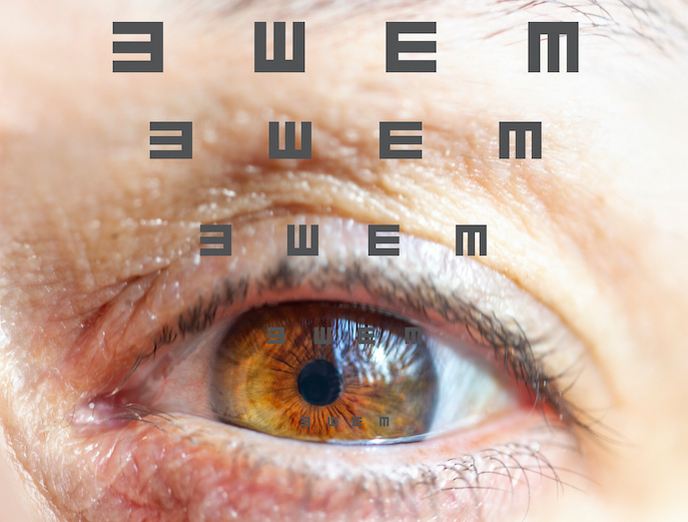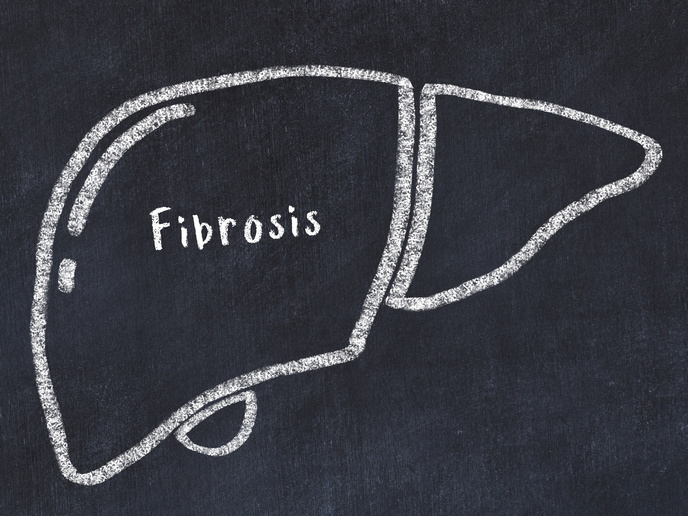The eye as a window on chronic diseases
Medical diagnosis for major chronic diseases such as diabetes, vascular dementia, hypertension and coronary heart disease could be revolutionised by computerised imaging techniques that analyse the retina of the eye for clues to changes in the blood vessels. However few people possess the combination of clinical, computer imaging training and mathematical modelling expertise this process calls for. The EUR 3.8 million EU-funded REVAMMAD(opens in new window) project is helping to create a new generation of interdisciplinary scientists who possess the clinical knowledge and the computer imaging skills to improve measurement and diagnosis in this important area of healthcare. The vasculature, or arrangement of blood vessels, undergoes changes during the development of many chronic diseases. Viewing and measuring blood vessels in the retina of the eye during routine eye tests can provide a unique window into numerous diseases, even for those unrelated to the eye itself. The retina and the conjunctiva are ‘the only two areas of the body where you can directly photograph the blood vessels relatively non-invasively,’ says project coordinator Andrew Hunter, Deputy Vice Chancellor for research and innovation at Lincoln University, UK. In order to do this however three areas of specialist expertise need to be brought together. These are computer science, specifically computer analysis of images, mathematical modelling of the flow in blood vessels and how the vessels move, and clinical understanding of what blood vessels do and how chronic diseases affect them, says Prof Hunter, an expert in computer vision and machine learning. Combining expertise REVAMMAD involved some 13 researchers over four years. ‘It was a very extensive programme in terms of interdisciplinary cooperation,’ says Prof Hunter. It included workshops, joint activity and joint training and placements in another part of the consortium, typically for several months in Germany, Denmark, Italy, Greece, France or the UK. Some members of the team developed modelling techniques and devised models using measurement data of blood vessels from the computer scientists. At the same time, computer scientists improved techniques to correctly locate and measure blood vessels using computer imaging and mathematical models developed by others. Others in the team looked at improving clinical diagnoses using the computer images. The interdisciplinary project developed algorithms to improve the enhancement of retinal images and 3D model registration which compares images of the same thing taken at different times. It has directly led to advances in tracing of corneal nerves and in algorithms for the segmentation of images of the conjunctiva vessels to make analysis of the images easier. New models and imaging databases Diabetes affects the structure of the vessel walls, making them stiffer. At an advanced stage, this causes them to break, creating haemorrhages and micro-aneurysms, which are the first stages of diabetic retinopathy. The team generated new models to detect measurable changes in the retinal vessels due to damage caused by high blood sugar levels in diabetics — a common cause of sight loss. The project also completed a data warehouse which combines datasets and computations to manage retinal images. These image databases can be used to analyse shape and tortuosity, using software specially developed during the project. Another outcome of the project is a new database comparing corneal images that can be used by clinicians to benchmark disease progression.







